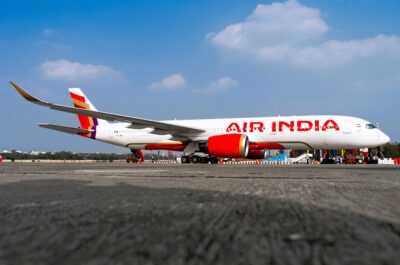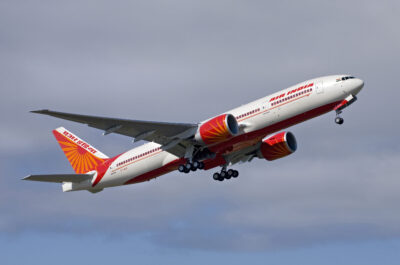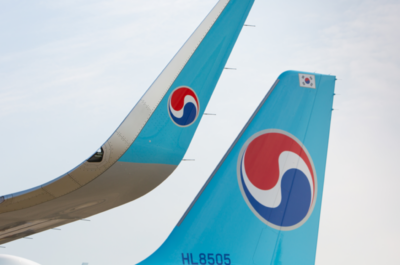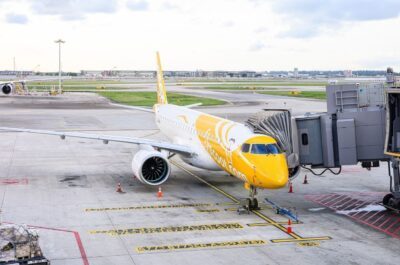It`s one of the most fragmented and diverse markets in the world, mired in tradition and outmoded regulations, but Asia Pacific (APAC) is still considered the next big prospect…
It`s one of the most fragmented and diverse markets in the world, mired in tradition and outmoded regulations, but Asia Pacific (APAC) is still considered the next big prospect for online travel providers. With consolidation now limiting expansion opportunities in the U.S. and Europe, travel sellers are increasingly looking to APAC to start new online businesses. According to a new PhoCusWright report, Asia Pacific Online Travel Marketplace Second Edition, new entrants will face both the familiar and the daunting. As in other markets, supplier-direct channels are growing stronger and creating increasing online competition. But suppliers are not the only threat. Unlike other markets, traditional players in APAC have maintained a key presence online that also raises the bar for newcomers.
Still, with proper execution and timing, there are large and unique opportunities throughout the region. Traditional distribution models are being challenged, and the next three years hold great promise for key Asia Pacific online travel markets such as Australia, Japan, South Korea, Singapore, Hong Kong, China, Taiwan, India and Malaysia. Contributing growth factors include low-cost carriers across Southeast Asia, the success of Indian Railways in electronic fulfillment and the rapid growth of China`s Ctrip.com and eLong.com hotel aggregators. In the next three years the pace of growth will be moderate, but steady.
U.S.-based online travel powerhouses Cendant Corporation, Expedia Inc. (recently spun off from IAC) and Sabre Holdings Corporation have certainly set their sites on APAC via acquisitions. By no means, however, do a single group of companies dominate this young market. The online leisure/unmanaged business travel industry in APAC is expected to grow 31% to US$15.9 billion in 2005. Japan and Australia/New Zealand will represent more than two thirds of gross bookings by the end of the year. In Japan, few large global players have a presence at all. The mix could change, however, as markets in Southeast Asia, China and India are increasingly targeted by aggressive online travel players over the next two years.
Most online travel agencies in APAC are seizing the lodging opportunity. In a region where less than 10% of the room supply is managed by chains, online travel agencies see explosive growth in hotel aggregation and automation. These businesses, while widely needed, are slow to develop. Online travel agencies will still be roughly half the size of the supplier-direct channel — which includes the booming low-cost carrier segment — in 2007.
Payment systems remain a key obstacle to online travel growth in APAC. The pure e-commerce model, where purchase and electronic fulfillment are completed seamlessly through the Web, is not a reality in most markets except Australia. However, the online travel market in APAC is still expected to reach $25.6 billion in 2007, for 61% growth over two years. Suppliers and travel service providers that have developed innovative work-arounds to deal with market issues will be the most successful.

























































































